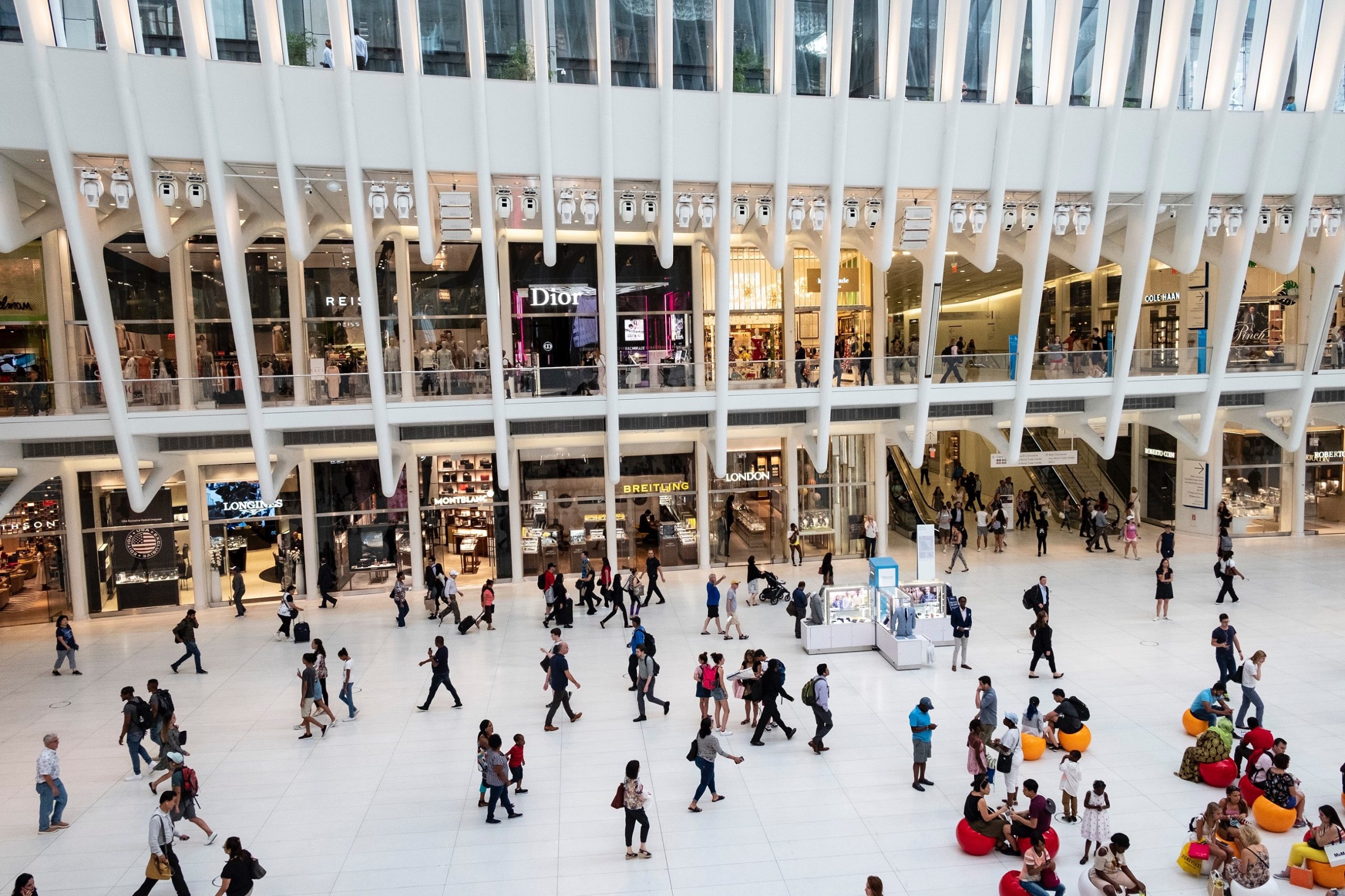The retail sector is an industry that has seen more disruption than most in recent times. Though the struggles of brick and mortar physical stores have cast doubt on the importance of traditional Point of Sale, the reality is that effective PoS can still help create a seamless customer experience across multiple channels.
With digital POP displays seeing a surge in popularity, the relevance of PoS is further reinforced by Popspot, with 62% of shoppers saying they “would be more likely to look for a product advertised at the point of purchase on a future visit” (Broadsign).
Consumers now use an average of six touch points when buying an item, from mobile apps to in-store browsing. Unsurprisingly, there is strong forecasted growth in the adoption of ‘smart PoS’ systems which can track customers’ shopping behaviors and engage with them across channels to create strong brand-customer relationships. This culminates in greater in-store personalization, through the use of mobile PoS technology.
These hyper personalized marketing efforts are now essential, as “79% of consumers said that they were only likely to engage with a brand if their promotional offers are customized to how they have interacted with that brand before” (Coniq).
Smart Point of Sale: How Retail Brands Are Using Customer Data to Target Individual Customers
Customers expect personalization across the board, from personalized marketing messages to a unique customer experience, and the retail industry is no different. The many retailers aware of these customer expectations need as much customer data as possible in order to build the personalization strategies that are now demanded by consumers.
Retaining a strong brand identity whilst also tailoring marketing campaigns to individual customer preferences is a considerable challenge, but one which smart PoS can help to solve. Smart PoS allows store associates for a retail brand to collect customer data during in-store transactions, enabling a boost to personalization efforts through increased purchasing data.
A number of retailers, including Topshop and Pandora, are already harnessing this technology, using leaner customer data to create targeted campaigns and personalized experiences – either physically at the till or at the online check-out.
Retail Personalization Stats: How to Ensure Customer Loyalty
Providing these kinds of personalized experiences is becoming an increasingly popular tactic in the process of growing customer loyalty, with various customer surveys indicating the importance and value of targeted marketing:
- 79% of consumers are only likely to engage with a brand if the promotional offers are tailored based on their previous interactions (Coniq)
- 63% of consumers are “highly annoyed” by brands that continuously target them with generic advertising messages (Strategus)
- 83% of businesses are already or intend to prioritize suggestive selling based on a three-year customer purchase history (Shopkick)
Boost the Customer Experience with Digital Displays and PoS Initiatives
To maximize the impact of these personalization strategies, brands are also rapidly adopting the latest mobile PoS technology which allows retailers to engage directly with each individual consumer. This is driven by the phenomenal success of mobile loyalty apps, including Starbucks and Shell, which allow customers to obtain exclusive offers and deals according to their purchase history.
Personalization in retail allows for a positive customer experience, increasing customer engagement for individual customers and across the retail industry at large. With this improvement in customer lifetime value thanks to personalization efforts, retail brands link brick and mortar stores back into their operations and marketing campaigns, leading to a bigger customer base who they can deliver tailored experiences to.
To find out about how We Are Amnet can support your PoS initiatives across all channels, simply contact us.






